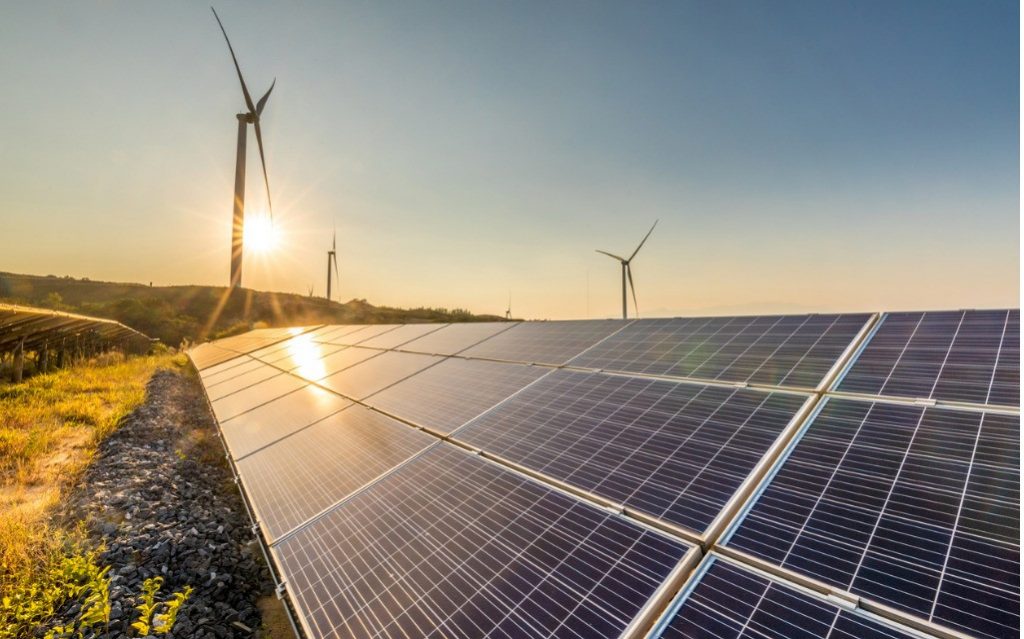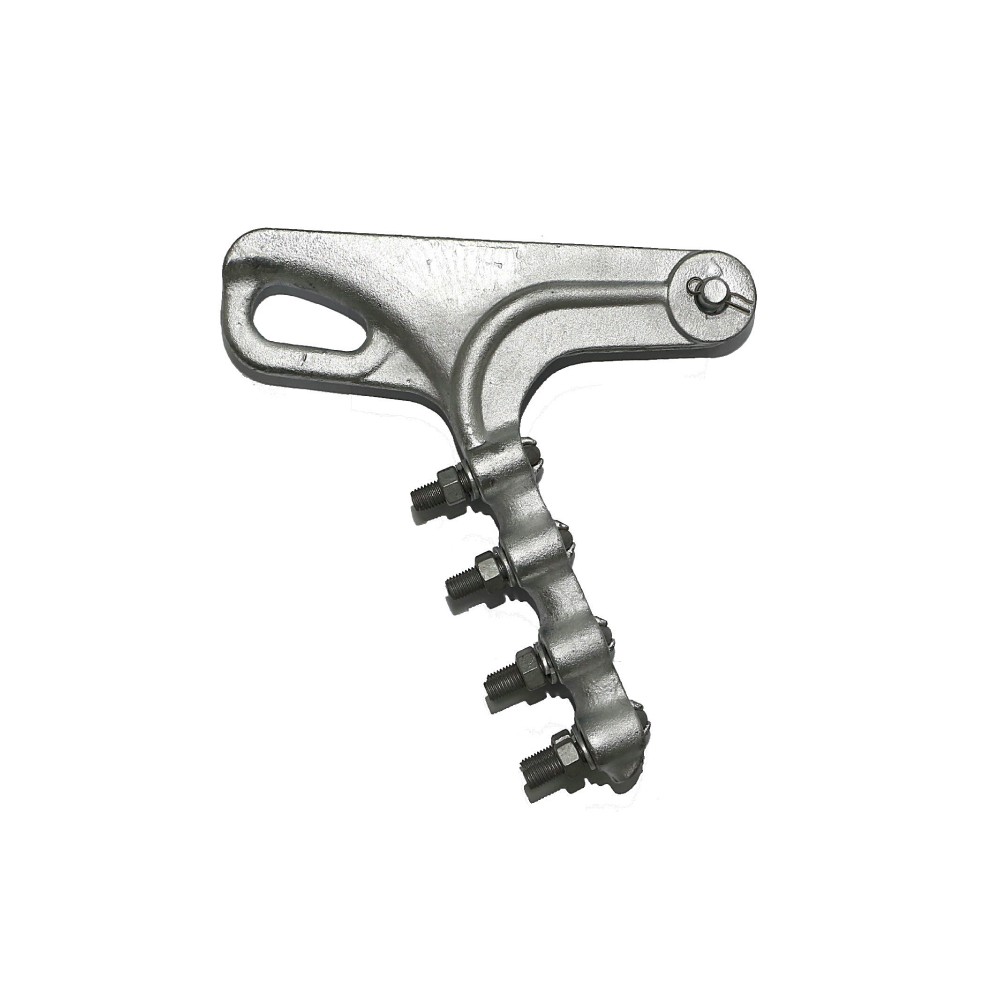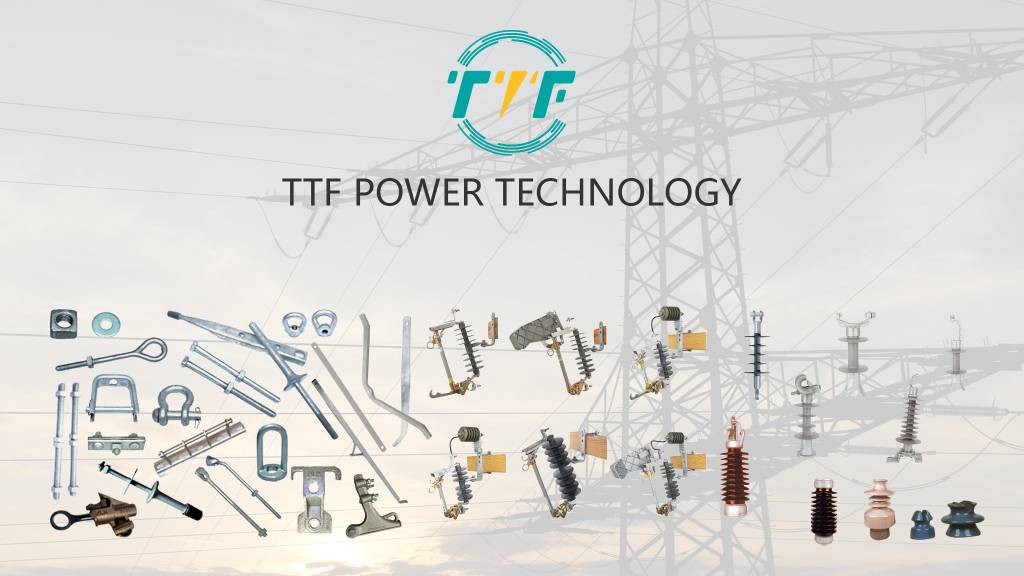
There are various mergers and acquisitions in Colombia’s renewable energy sector that signal a market-balancing opportunity and risk. Celsia, a recent buyer in the deal, acquired a 675 MW solar and wind portfolio from Ireland’s Mainstream. Additionally, a state oil company, Ecopetrol, has targeted assets from Statkraft, AES Corp., and Enel. Ecopetrol has pivoted to green energy, acquiring 10 wind and solar project developers from Statkraft. It ensures price stability for its operations, cuts energy costs, reduces carbon footprint, and avoids uncertainties of development. Colombia aims to shift from hydropower and fossil fuels towards solar, wind, and hydrogen. However, these companies are stepping away from stalled La Guajira projects plagued by slow permitting, grid bottlenecks, and indigenous-community pushback. Other key risks include social tensions and financial volatility. Deadend clamps ensure the stability, safety, and reliability of transmission and distribution lines.
Deadend clamps end or anchor power line conductors at poles, towers, or substations to prevent movement due to tension. The clamps help secure lines against wind, storms, and mechanical stress. The clamps anchor conductors and handle mechanical stress, which is crucial for the country’s energy transition. Renewable projects like solar and wind need robust power line infrastructure. Deadend clamps absorb mechanical tension from conductors and prevent sagging or breakage. The growing capacity needs expanded grid connections that involve high-voltage lines. The clamps ensure secure terminations at substations and transition points. They also reduce the risk of line slippage or detachment to enhance worker safety during maintenance. The deadend clamps ensure long-term durability in Colombia’s diverse climate conditions.
Deadend clamps in power line infrastructure and renewable energy
Deadend clamps are mechanical devices used to anchor conductors at the end of a span or transmission line section. They hold power cables under tension, transfer mechanical loads to support structures, and maintain electrical continuity. The clamps function where conductors end, change direction, or connect to substations. Deadend clamps anchor the success of renewable energy integration in Colombia. They serve in high-voltage transmission and medium- and low-voltage distribution. They ensure structural and electrical integrity by withstanding high mechanical loads, preventing slippage, reducing installation complexity, and improving system reliability. Robust deadend clamp systems prevent conductor failures and outages. Common types used include bolted deadend clamps, wedge-type clamps, and preformed deadends. Its role in renewable energy includes:

- Wind farms—deadend clamps are vital in long spans and high-tension cables from turbines to substations. Coastal and desert environments demand corrosion-resistant clamps.
- Solar farms—utility-scale solar farms depend on overhead lines for grid interconnection. Deadend clamps help in routing power inverters to collection substations.
- Hybrid and microgrids—deadend clamps ensure reliability in limited-infrastructure settings for distributed generation systems.
Opportunities for companies investing in Colombia’s renewables
Investing in Colombia’s renewable energy sector presents opportunities for buyers, private firms, utilities, and infrastructure developers. This is especially as the country speeds up its transition from hydro- and fossil-based power to a diversified solar, wind, and green hydrogen mix. Colombia’s electricity demand is expected to rise 2.8-3.3% annually through 2030. This is mostly driven by industrial growth, digital infrastructure, and electric mobility. The government offers VAT exemptions, sped-up depreciation, and income tax deductions for renewable investments. Here are the opportunities for various investment companies.

- M&A of stalled or de-risked assets—many international developers are diversifying partially developed assets due to local challenges. Investors can get the projects at lower valuations for a low entry price and high upside with government support.
- Corporate PPAs with large energy users—there is growing demand from data centers, cement plants, oil refineries, and mining companies for clean energy sourcing. Companies like Ecopetrol and Grupo Argos are signing multi-MW solar and wind PPAs to reduce costs and carbon footprints.
- Distributed solar and storage—rooftop and behind-the-meter solar systems are common in urban, commercial, and agricultural sectors. This leads to rapid growth in battery storage and energy-as-a-service models for microgrids in off-grid regions.
- Hydrogen and emerging tech—Colombia aims to become a regional green hydrogen exporter by 2030 to leverage its renewable capacity. It could provide long-term, high-reward investment in decarbonization tech.
- Transmission infrastructure—Colombia faces challenges in transmission slowing project deployment. Private companies can co-invest in CREG-led transmission line expansions. This provides stable returns through infrastructure concessions.